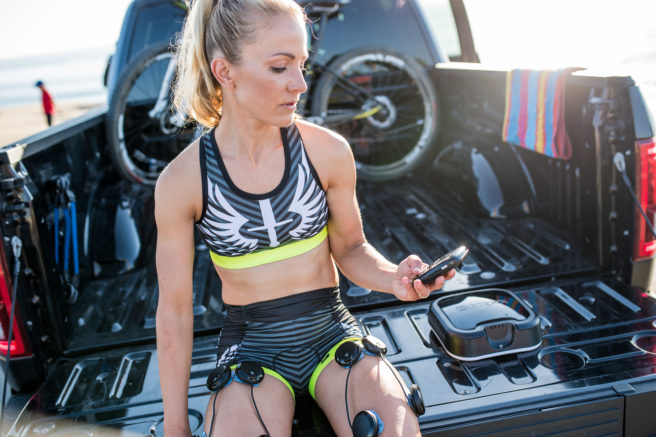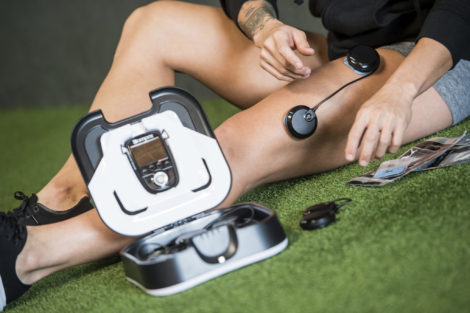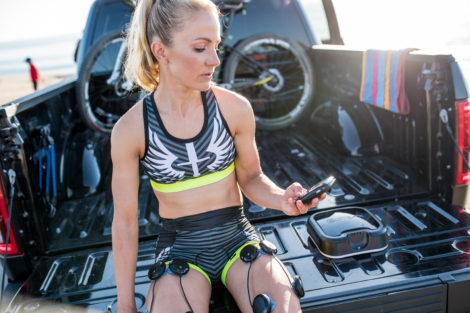Athlete Recovery 101

The greater the stress a training program produces, the greater the necessity for deliberate actions taken to maximize the body’s repair. Elite level athletes understand the value of rest and recovery methods and among them, the demands for recovery at the top tier become a full time career of practicing their craft. The human body is capable of incredible and seemingly impossible feats when properly nurtured and adapted to the right conditions.
Methods of recovery may include practices targeted at hormonal, neurological or structural stressors and the effectiveness of certain techniques may vary between athletes. The intention to each practice, however, is to maximize the performance potential of an individual. Here are some of the key elements and insights to elite level rest and recovery:
Sleep
As simple as it seems, most people don’t get this one right. Our culture promotes a strong value to “overdoing it” and a full night of rest is a rare indulgence for most go-getter types. Sleep is invaluable to recovery in terms of mental health, hormonal balance and muscle recovery and there are incredibly anabolic (muscle growth and protein synthesis) processes that happen in the body during solid states of sleep. Even one night of poor sleep can significantly delay signals of the brain. Proper duration of sleep will vary per athlete and training methods, however, 7-10 hours is the norm. Try to sleep in an environment with as little light as possible and cooler temperatures are best as well.
Nutrition
The foods that enter your body are literally what fuel the functions of your body and can either harm you or help you. Alcohol, sugar and processed foods are toxins to the body that can cause inflammation and do catabolic damage to the cells. Because some people may be more resistant or tolerant to certain food types, it is important for each individual to determine the best dietary recommendations to follow that provide the right levels and qualities of macro and micro nutrients to the body. Athletes are often especially deficient in magnesium and may also benefit from supplementation with fish oil, B12 and CoQ10. Women tend to be more deficient than men in calcium and iron and may need to take extra measures to ensure proper supplementation.
Hydration
Drinking adequate amounts of water is critical to living healthy, maintaining energy levels and high rates of recovery and performance. Although your sports drinks may contain water, they are not adequate sources of hydration and should not replace water itself. Even adding flavorings can make it harder for your body to process. Studies show that by the time you already feel thirsty, you are already dehydrated by 1-2%. Although this may seem insignificant, even the slightest levels of dehydration can cause irritability, poor memory, fatigue and reduced metabolism.
Mindfulness Practice / Breathing
Meditation practices are lesser studied in Western culture, however, studies have shown that practices in mindfulness and breathing techniques are beneficial to psychological and physiological wellbeing. In the performance athlete, the ability to control thoughts of pain or emotion can provide a competitive edge. Meditation does not have to be inherently spiritual or religious, but can bring clarity, reduce levels of stress and anxiety, and relieve tension. Athletics can tend to draw a certain personality type that are high-strung and judgmental to self, but elite athletes often share a common practice in “letting go.”
Myofascial Release
Body work covers a broad range of practices but may include active or passive stretching, foam rolling, massage, Graston technique, or cupping. Individual athletes may respond differently to varying techniques and should find what works best to suit their needs. Although body care specialists are important to seek out and learn from, self care will be a necessity to keep up with a demanding training regimen. One massage appointment per month will not be enough!
Hot and Cold Therapy
Although there is a lot of controversy on which methods of temperature therapy are best, many athletes utilize and find benefit in ice, heat, or contrast therapy for reduction of joint or muscle swelling or soreness and increased recovery time. Practices in heat therapy may be dependent on the nature of trauma or stress that an individual athlete has experienced and may differ when addressing stressors of the joints or muscle. Athletes should look to expert recommendations and even their own experience when using hot or cold therapy.
NMES
Electric stimulation devices such as Compex have been shown to increase recovery time in athletes and are medical-grade devices designed to contract the muscles in different ways that may promote blood flow, increase the muscle, and/or flush out lactic buildup. In more extreme cases even, an NMES device can be used to alleviate muscular spasms and cramps.

Whether your goals are to be an elite athlete or just beat your own markers of fitness to get back in shape, recovery methods are vital to optimizing your human performance and potential. Although these techniques have been suggested as recovery methods from athletic practices, recovery is important for any person that encounters physical, emotional, or mental stressors in everyday life. In order to put your best self forward, you have to take care of yourself in mind and body.

